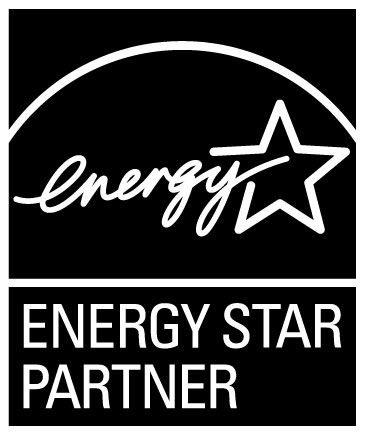Building
Science

 Home
Home Architects
Architects Builders
Builders Code
Officials
Code
Officials Home
Owners
Home
Owners Products
Products Bldg
Science
Bldg
Science FAQs
FAQs About
Us
About
Us Contact
Us
Contact
Us Resource
Links
Resource
Links
The art of building a home or other structures started thousands of years ago. The use of insulation only became a widely accepted practice fifty years ago. Insulation is literally an add-on from the 1950's. Because it is an add-on, it's performance is usually compromised by the structure it is meant to help or by its own installers. Fiber glass has been found in a study at the Brookhaven National Laboratory to achieve only about two third of its rated R-value because of inherent fit problems with the material and faulty installation.
Currently there is some fuss over the advantages of closed and open cell polyurethane foam insulation. We are of the belief that open cell polyurethane foam insulation , particularly SEALECTION Agribalance is the better choice for above grade construction for several reasons and that closed cell polyurethane foam insulation has some decided disadvantages that need to be weighed before it is specified for above grade use.
Thermal Jump
There is no denying that closed cell polyurethane foam insulation has the highest R-value available today. However, with stick construction, that high efficiency works against the efficiency of the wall, roof or floor structure as an insulating system. About ten percent of a frame structure's cross section surface is made up of the structural members, the studs, rafters, plates, etc. Their R-value, the R-value of lumber is about 1 per inch. By using a more expensive high density closed cell foam, only a couple of inches of the structural member is being encompassed in the foam mass. So for ten per cent of the insulated area the R-value is reduced to 2 or 3. Then the remaining exposed structural member actually is allowing the thermal transfer to jump around the insulation.
On the other hand, by using the less dense and less expensive (less expensive per
R) open cell polyurethane foam, the entire structural member will be encased in the insulating material, forcing any thermal transmission through more of the structural member and more R resistance. Furthermore the structural member by being encased in the foam mass will lose cavity exposed surface that can act as a radiation surface.
Code approved Vapor Retarders
SEALECTION Agribalance and SEALECTION 500 are in fact both code approved vapor retarders at 3.5", 5" and 10".Closed cell foam is code approved as a vapor retarder at 1".
'Control Rain Leakage'
Here is some dubious advise from Honeywell as they try to make closed cell spray polyurethane foam (ccSPF) insulation a one product does everything claim. According to Honeywell 'ccSPF . . . (will) act as a secondary rainwater barrier to limit damage when primary roof assembly rainwater control membranes leak.' Their claim is well founded but is there really an advantage holding the rainwater against the roof deck and structural member? At Household RESOURCE we recommend spraying open cell SEALECTION Agribalance directly to the underside of the roof deck so any water intrusion can drain away from the structural members and decking. It is far easier to repair interior surfaces once a leak is repaired than to replace roof decking and rafters.